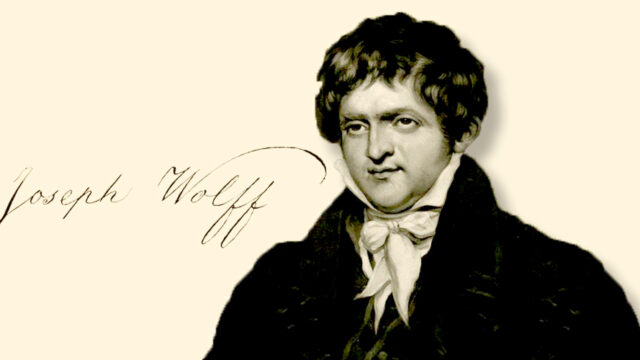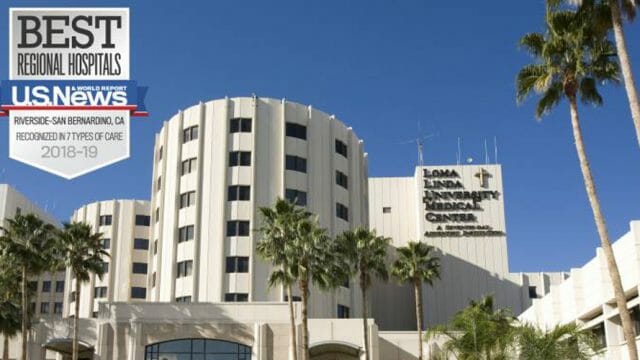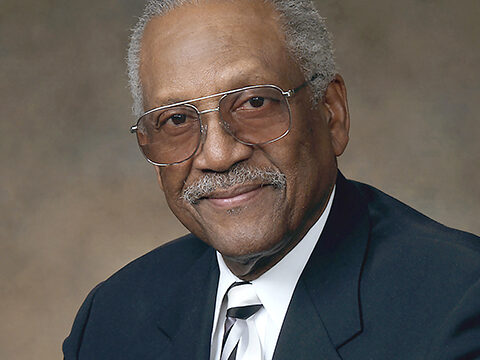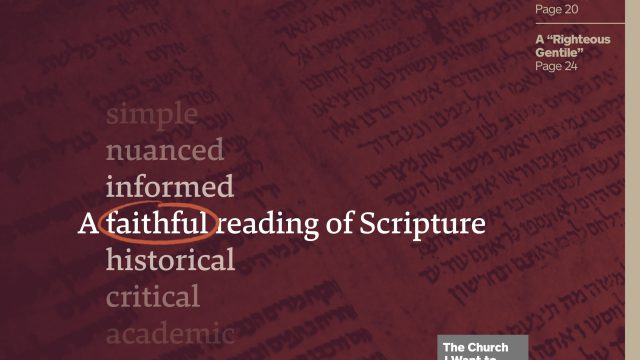A beginning without end

Each beginning is unique, yet all beginnings share in the past, offering unfolding newness. Life is full of beginnings: taking the first steps; uttering the first words; anticipating the first school days; a first boyfriend or girlfriend; a first graduation; marriage; the birth of a child; relocation; a new job; a new church. Our lives are like a pendulum, moving back and forth between endings and beginnings, for one cannot exist without the other.
TWO CONNECTED BEGINNINGS
The Bible mentions many beginnings. But within the biblical array of newness, two beginnings connect in a special way as they mark a vital feature of our existence, namely God’s presence. Consider the inauguration of the Sabbath, as described in Genesis 1:31-2:3, and the beginning of the sanctuary service, as depicted in Exodus 39:32-42 and 40:9.
Both of these beginnings follow the completion of a work of creation. This is evident in the use of similar terminology, indicating in both episodes (1) an evaluation of the creative work, (2) a declaration of completion, and (3) a blessing and hallowing. A closer look makes it even clearer:
“Then God saw everything that He had made, and indeed it was very good. So the evening and the morning were the sixth day. Thus the heavens and the earth, and all the host of them, were finished. And on the seventh day God ended His work which He had done, and He rested on the seventh day from all His work which He had done. Then God blessed the seventh day and sanctified it, because in it He rested from all His work which God had created and made” (Gen. 1:31-2:3).
“Thus all the work of the tabernacle of the tent of meeting was finished. And the children of Israel did according to all that the Lord had commanded Moses; so they did. . . . According to all that the Lord had commanded Moses, so the children of Israel did all the work. Then Moses looked over all the work, and indeed they had done it; as the Lord had commanded, just so they had done it. And Moses blessed them” (Ex. 39:32-43). “And you shall take the anointing oil, and anoint the tabernacle and all that is in it; and you shall hallow it and all its utensils, and it shall be holy” (Ex. 40:9).
In Genesis God beholds His creation, pronounces it very good and complete, and institutes the Sabbath. In Exodus Moses beholds the tabernacle, pronounces it completed and done well (that is, according to God’s instructions), blesses the people, and anoints the tabernacle.¹
Just as the creation of the world is a creative act, the building of the tabernacle is a creative work. Interestingly, the first time the concept of artistic knowledge appears in the Bible is in the context of building the sanctuary.² God created a beautiful world for us to inhabit, and in turn, humanity’s artistic knowledge was to be used to build a place for the Creator to inhabit.
GOD IS PRESENT AS CREATOR AND SAVIOR
The Sabbath is God’s special presence with us in time. The sanctuary is God’s special presence with us in space. Together, the Sabbath and the sanctuary portray God as one who is constantly present with humanity: first as Creator, before sin entered the world; and after sin began its destructive work in us, as Savior as well.
As a memorial of Creation, the Sabbath points us to God as our Creator and is a constant reminder of our origin: we are children of God, made in God’s image and meant to reflect His character in all our relationships (Gen. 1:27; Ex. 20:8; 31:13-17). The sanctuary service became necessary after the Fall and pointed to Christ’s future sacrifice by which He would atone for the sins of the world. This sacrifice offers us a way to reconcile with God and to connect with our Creator in a face-to-face relationship.
GOD’S CONTINUED PRESENCE
Being created before sin, the Sabbath was to be a permanent service. Isaiah hints at its continuity in eternity: “ ‘And it shall come to pass that from one New Moon to another, and from one Sabbath to another, all flesh shall come to worship before Me,’ says the Lord” (Isa. 66:23).
While the earthly sanctuary service found its fulfillment at the cross, the heavenly tabernacle will descend on the earth at God’s third coming to inaugurate His residence in our midst. “Now I saw a new heaven and a new earth, for the first heaven and the first earth had passed away. Also there was no more sea. Then I, John, saw the holy city, New Jerusalem, coming down out of heaven from God, prepared as a bride adorned for her husband. And I heard a loud voice from heaven saying, ‘Behold, the tabernacle of God is with men, and He will dwell with them, and they shall be His people. God Himself will be with them and be their God’ ” (Rev. 21:1-3).
A BEGINNING WITHOUT END
Beginnings and endings are a normal part of our lives. While we cherish newness, in our sinful context it always comes accompanied by gains and losses. Yet there is one beginning anticipated in the Bible that brings no loss, for it has no end. It’s the beginning of an eternity in God’s unmediated presence where God is forever in our midst as Creator and Savior. Most amazingly, we can already live this presence confidently and with gratitude that even now we may have a foretaste of God’s goodness and intimate interest in each of us.
¹ That the sanctuary service marks a new beginning is also suggestive in God’s instructions to raise it on the first day of the first month (see Ex. 40:2, 17).
² In Exodus 35 Moses tells Israel that God “called by name Bezalel . . . and He has filled him with the Spirit of God, in wisdom and understanding, in knowledge, and all manner of workmanship” (verses 30, 31) to lead in the construction of the sanctuary. Likewise, God endowed Aholiab and other skillful people with “wisdom and understanding, to know how to do all manner of work for the service of the sanctuary, . . . according to all that the Lord has commanded” (Ex. 36:1).








